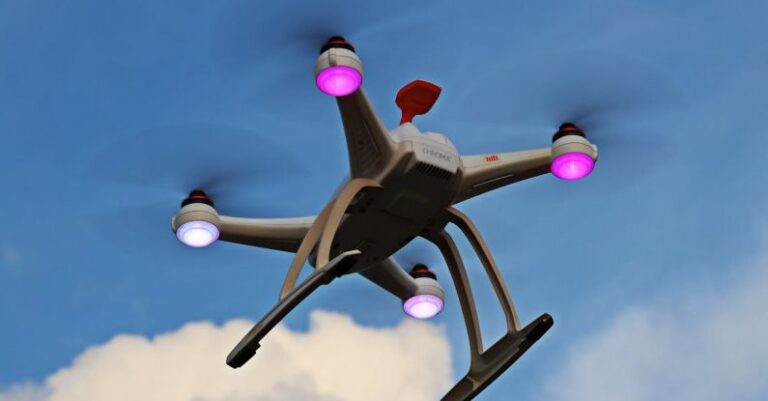
In a world where over 820 million people suffer from chronic hunger, the quest to find effective solutions to combat global hunger remains a top priority. One area that holds promise in addressing this pressing issue is the innovative use of robotics technology. With advancements in robotics, there is a growing interest in exploring how these technologies can be harnessed to increase agricultural productivity, improve food security, and ultimately help alleviate global hunger. Can innovative robotics technology be the game-changer we need to tackle this complex challenge?
**Revolutionizing Agriculture with Robotics**
Traditional farming methods are often labor-intensive and inefficient, leading to low crop yields and food shortages in many regions. Robotics technology offers a new approach to agriculture by automating tasks such as planting, watering, and harvesting crops. With the use of drones, autonomous tractors, and robotic arms, farmers can streamline operations, increase efficiency, and boost productivity.
**Precision Agriculture for Improved Efficiency**
One of the key benefits of incorporating robotics technology into agriculture is precision farming. By using sensors and data analytics, farmers can gather real-time information about soil conditions, weather patterns, and crop health. This data enables them to make informed decisions about when and where to plant, irrigate, and apply fertilizers, leading to optimized crop yields and reduced waste.
**Addressing Labor Shortages**
In many parts of the world, labor shortages in agriculture are a significant challenge, with fewer people willing to work in the sector. Robotics technology offers a solution to this problem by automating repetitive and physically demanding tasks that would otherwise require human labor. This not only helps farmers overcome labor shortages but also improves the working conditions for those in the agricultural industry.
**Enhancing Food Security**
By increasing agricultural productivity through the use of robotics technology, we can work towards enhancing food security on a global scale. With the ability to produce more food efficiently, we can better meet the nutritional needs of a growing population and reduce the risk of food shortages and price spikes. This, in turn, can help vulnerable communities access the food they need to thrive.
**Challenges and Considerations**
While the potential benefits of innovative robotics technology in agriculture are clear, there are also challenges that need to be addressed. The high cost of robotics equipment, the need for technical expertise to operate and maintain these systems, and concerns about job displacement are all factors that must be taken into account when implementing robotics solutions in agriculture.
**The Role of Policy and Investment**
To fully realize the potential of robotics technology in addressing global hunger, there needs to be a concerted effort from policymakers, researchers, and industry stakeholders. Governments can play a crucial role in supporting the adoption of robotics technology in agriculture through incentives, regulations, and investments in research and development. By fostering collaboration between different sectors, we can create a supportive ecosystem for the integration of robotics into farming practices.
**A Step Towards a Hunger-Free World**
As we continue to grapple with the complex challenge of global hunger, innovative robotics technology offers a glimmer of hope for a more sustainable and food-secure future. By leveraging the power of automation, data analytics, and precision farming, we can revolutionize the way we produce food and address the root causes of hunger around the world. While there are obstacles to overcome, the potential benefits of integrating robotics technology into agriculture are too significant to ignore.
**Innovative Robotics for a Sustainable Future**
In conclusion, the integration of innovative robotics technology in agriculture holds great promise for addressing global hunger and improving food security. By harnessing the power of automation and data-driven decision-making, we can increase agricultural productivity, reduce waste, and ensure a stable food supply for all. While challenges exist, with the right policies, investments, and collaborative efforts, we can pave the way towards a hunger-free world where everyone has access to nutritious and affordable food. The time to embrace the potential of robotics technology in agriculture is now, for a more sustainable and prosperous future for all.





